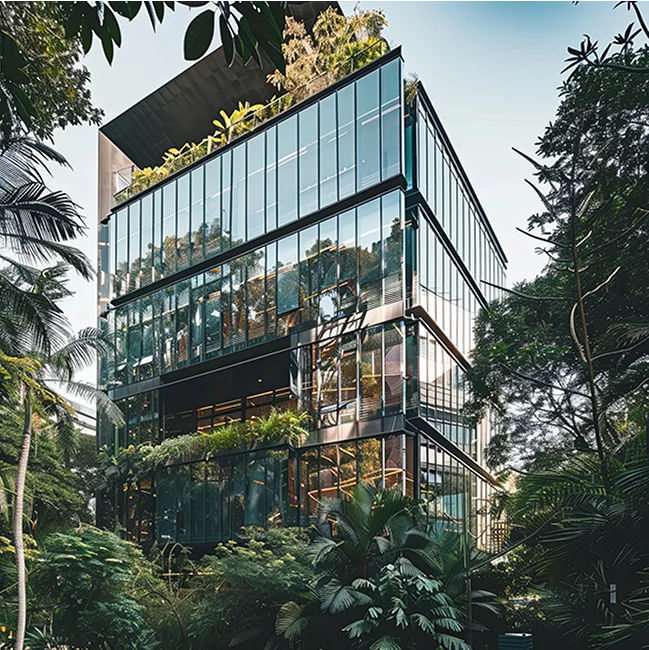A Guide to Choosing Durable and Eco-Friendly Building Materials

Welcome to our guide on selecting the best building materials for your construction projects. In today’s world, it’s essential to consider not only durability but also the environmental impact of the materials we use. By choosing eco-friendly options, we can contribute to a more sustainable future. Let’s explore how you can make informed decisions when it comes to building materials.
Why Choose Durable and Eco-Friendly Building Materials?
Before we delve into the specifics, let’s understand why opting for durable and eco-friendly building materials is crucial:
- Reduce environmental impact
- Lower maintenance costs in the long run
- Enhance energy efficiency
- Contribute to a healthier indoor environment
Factors to Consider When Choosing Building Materials
When selecting building materials, several factors come into play. Here are some key considerations:
1. Durability
Opt for materials that are long-lasting and can withstand various weather conditions. This will not only save you money on repairs and replacements but also reduce waste in the long term.
2. Sustainability
Choose materials that are sourced sustainably and have minimal impact on the environment. Look for certifications such as FSC (Forest Stewardship Council) for wood products or Cradle to Cradle for overall sustainability.
3. Energy Efficiency
Consider materials that can help improve the energy efficiency of your building, such as insulated concrete forms, double-glazed windows, or cool roofs. These options can lower your energy bills and reduce your carbon footprint.
Examples of Durable and Eco-Friendly Building Materials
Now that you understand the importance of choosing the right materials, here are some examples of durable and eco-friendly options:
- Bamboo: A rapidly renewable resource that is strong and versatile.
- Recycled Steel: Durable and can be recycled multiple times without losing quality.
- Rammed Earth: A sustainable building technique that utilizes natural materials.
- Cork: Renewable and provides excellent insulation properties.
Conclusion
By prioritizing durability and eco-friendliness when selecting building materials, you can create structures that are not only long-lasting but also environmentally responsible. Make informed choices that benefit both your project and the planet. Together, we can build a sustainable future, one construction project at a time.
Remember, every decision you make has an impact. Choose wisely, and let’s build a better tomorrow.